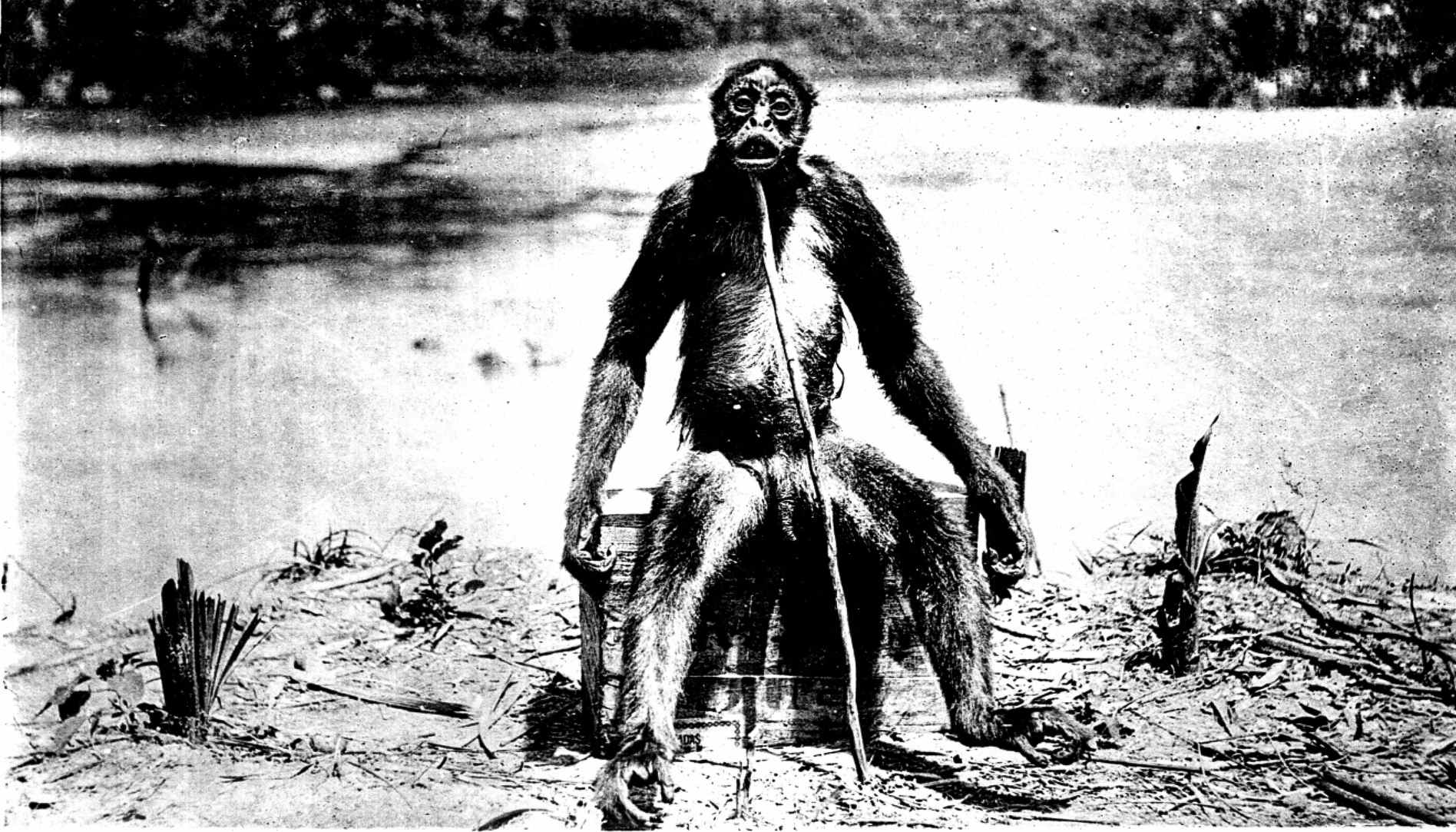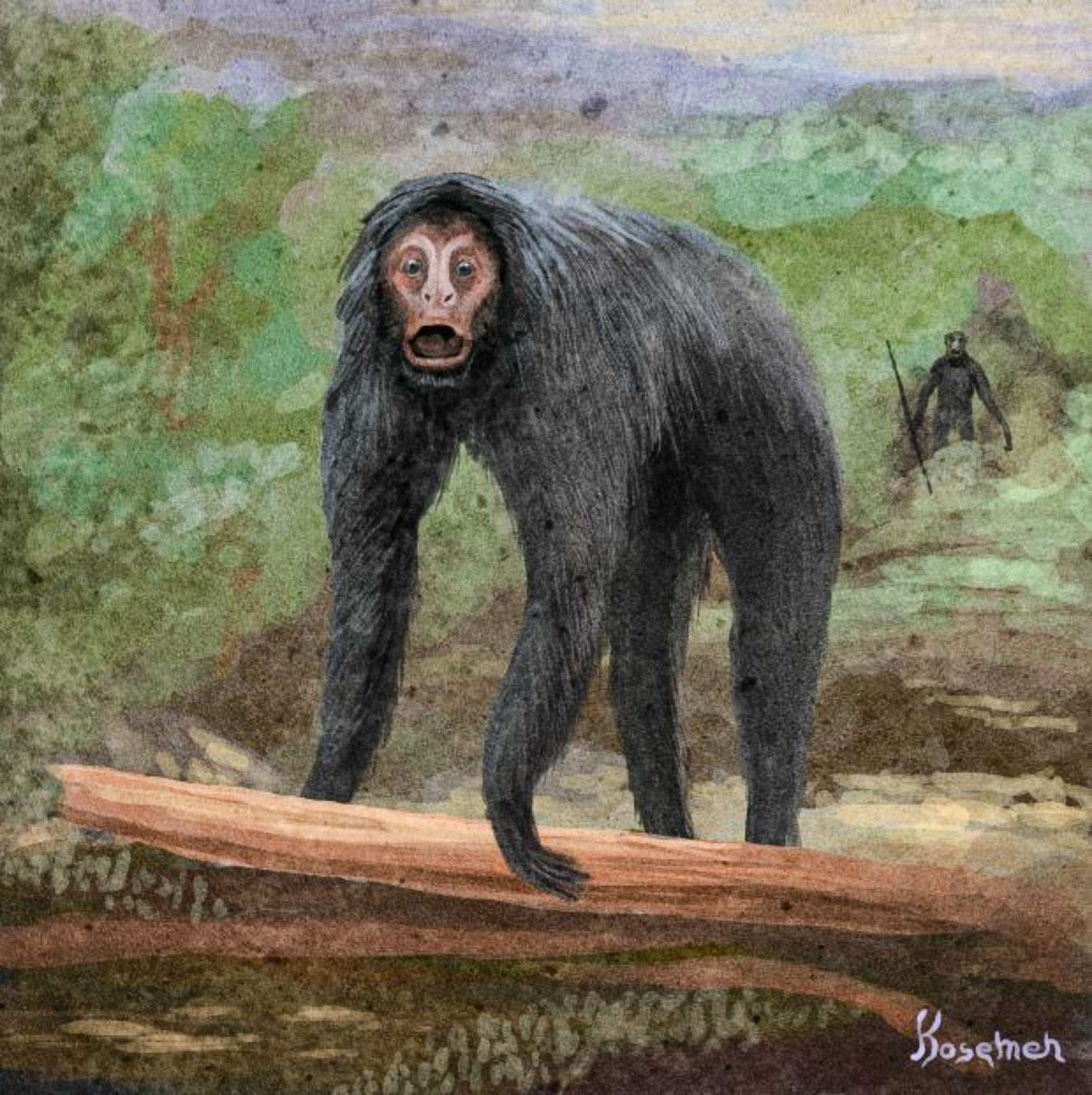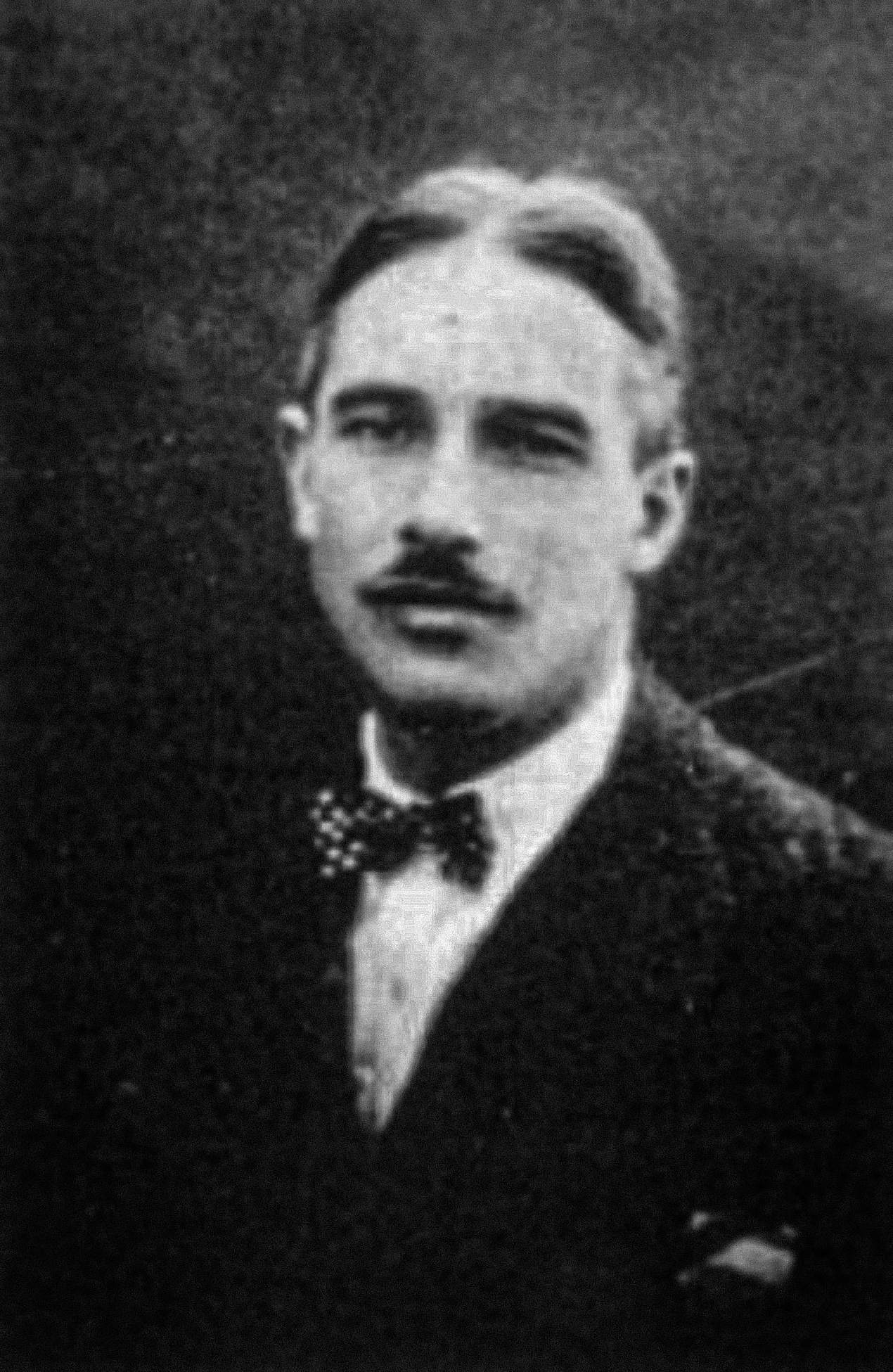The loys’ ape, or Ameranthropoides loysi (unofficial), was a strange creature similar to a monkey shot dead by Swiss geologist François de Loys in 1917 on the border between Venezuela and Colombia. The creature resembled a hominid, lacked a tail like a monkey, had 32 teeth, and stood between 1.60 and 1.65 meters tall.

François de Loys was leading an oil exploration expedition near the Tarra and Maracaibo Rivers when two creatures approached their group. Loys fired at the creatures in an attempt to defend themselves. The male fled into the jungle, and the female was killed by a car. The creature was photographed, and de Loys saved the images.
When François de Loys returned to Switzerland, he told no one about the creature. However, in 1929, Swiss French anthropologist George Montadon discovered the photo while looking for information in Loys’ notes on indigenous tribes in South America and convinced Loys to publish it in an English newspaper.
Several papers about the mysterious creature were later published in France, and George Montadon proposed its scientific name to the French Academy of Sciences.

However, Montandon’s scientific description of the species as Ameranthropoides loysi (de Loys’ American human-like ape) was met with harsh criticisms. According to British naturalist Sir Arthur Keith, the photograph only depicted a species of spider monkey, Ateles belzebuth, native to the explored region, with its tail intentionally cut off or hidden in the photograph.
Spider monkeys are common in South America, standing nearly 110cm (3.5 feet) tall when upright. De Loys, on the other hand, had measured his ape at 157cm (5 feet) – significantly larger than all known species.
Montandon was enthralled by the ape. He proposed the name Ameranthropoides loysi in three separate articles for scientific journals. However, mainstream researchers were sceptical from every angle in this case.
Historians Pierre Centlivres and Isabelle Girod published an article in 1998 claiming that the entire story of the strange encounter was a hoax perpetrated by anthropologist Montandon due to his racist view of human evolution.

Who was this de Loys guy, and what proof did he have that the ape wasn’t just a spider monkey? Was he even sure the photograph was taken in South America?
That is one of the mysteries. Aside from the question of what kind of primate de Loys’ ape is, if it is an ape, is it a South American ape? There are no native apes in the Americas, only monkeys. Africa is home to chimps, gorillas, and bonobos, while Asia is home to orangutans, gibbons, and siamangs. If de Loys indeed discovered a previously unknown ape in South America, it would fundamentally alter our understanding of ape evolution.




